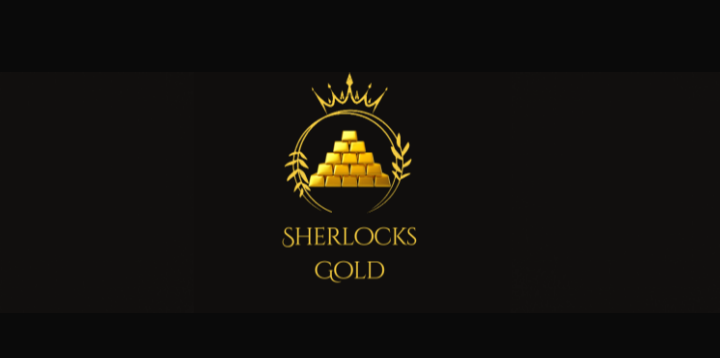
Today, I’m going to be talking about the emergence of goldbacks, an innovative yet controversial form of currency that’s been stirring up some interesting conversations. It’s no secret that trust in traditional financial institutions, like the Federal Reserve, can waver. And that’s where goldbacks come in, offering an alternative that sounds almost like a blast from the past, but with a modern twist.
So what are goldbacks? They’re precisely what they sound like — paper-thin, beautifully decorated notes made of actual gold. Yep, real gold! The idea isn’t just to create something that looks unique; the goal is to provide a stable commodity, one that’s traditionally held its value better than the printed money we’re all used to. The foundation of the goldbacks movement is the belief in a currency that possesses intrinsic value.
But I’m not just here to tell you what goldbacks are; I’m here to unpack their possible impact. Could goldbacks truly be the answer to concerns about the Federal Reserve’s policies? Their proponents certainly think so, arguing that goldbacks offer transparency and value preservation that’s often missing in our current economic system. There’s no need for guesswork about how much a goldback is worth — its value is right there in the gold content.
Yet, it’s not just about good looks and tangible value. Adoption of goldbacks raises questions about how they’d fit into our largely digital and fiat currency-dominated world. It’s vital to consider the operational challenges, the scalability, and the legal aspects of integrating such a currency into our daily lives. Will shops and services widely accept them? And how do they mesh with digital transactions, which are only growing in prevalence?
Don’t worry too much about those questions just yet. You’re going to find out about how practical goldbacks are when you dive into the next section. You’re also going to see that while goldbacks are gaining attention, they aren’t widely used across the board just yet. There’s a lot of opportunity in this space, and a lot happening very quickly. But for now, recognize that we’re at the tip of the iceberg when it comes to this shiny newcomer.

Acquiring Goldbacks: Practicalities and Possibilities
I’ve walked you through the ins and outs of goldbacks, and you’re probably curious about how you can get your hands on them. Currently, there are a handful of states in the U.S. where goldbacks have taken root, but they’re not widespread—yet. Utah was the pioneer, with Nevada, New Hampshire, and Wyoming following suit.
Goldbacks are a modern twist to currency, stemming from a rich history that dates back to when gold was the standard of wealth. Each goldback is embedded with a precise amount of gold, and they come in denominations that make them practical for everyday use.
In my opinion, if you’re keen to buy goldbacks, your best bet is to look for reliable local vendors or online sellers that specialize in precious metals. Ensure they’re operating within the laws that govern currency and collectibles to avoid any legal snags.
Using goldbacks for everyday purchases isn’t mainstream yet, but there’s a growing community of users and businesses that accept them. Start by dipping your toes in, maybe by picking up a few goldbacks for their novelty or potential investment value. Just don’t expect them to replace your credit cards anytime soon.
So there you have it—a glimpse into the future of currency that hearkens back to the past. Whether goldbacks ignite a currency revolution or remain a collector’s item, they surely add a layer of diversity to our monetary options. What’s clear is that the conversation about them is far from over, and their journey has only just begun.
Start saving in Goldbacks Today! Click the link to get started!
